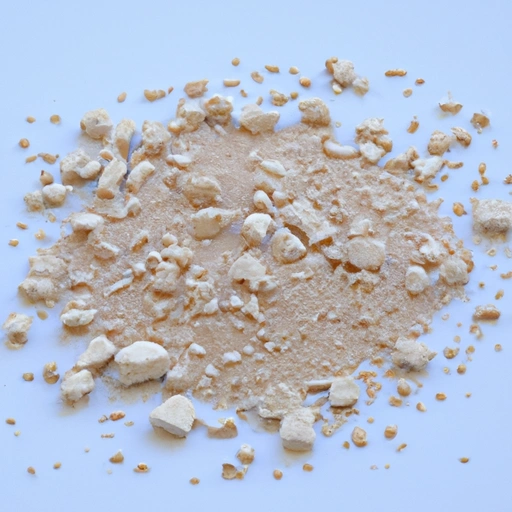Dry Yeast
Description

Dry yeast, also known as active dry yeast, is a granulated form of yeast that is commonly used in baking. It is made by removing the moisture from live yeast, resulting in a shelf-stable product that can be stored for extended periods. Dry yeast is typically sold in small packets or jars and can be found in both instant and active forms. It is activated when mixed with warm water and sugar, causing it to foam and grow in volume, which signifies that the yeast is alive and ready to leaven bread, pizza dough, and other baked goods.
Common uses
Dry yeast is primarily used as a leavening agent in baking. It is responsible for the rise and airy texture of bread, rolls, pizza dough, and a variety of other baked products. The yeast ferments the sugars present in the dough, producing carbon dioxide gas that causes the dough to expand.
Nutritional value
Calories
Per one packet (7 g or 1/4 oz), dry yeast contains approximately 21 calories.
Protein
Dry yeast contains about 3 grams of protein per packet, making it a good source of plant-based protein.
Fat
Dry yeast is low in fat, with less than 0.5 grams per packet.
Carbohydrates
There are approximately 3 grams of carbohydrates in one packet of dry yeast, primarily in the form of simple sugars.
Vitamins
Dry yeast is an excellent source of B vitamins, including thiamine, riboflavin, niacin, and folic acid.
Minerals
The mineral content of dry yeast includes iron, phosphorus, and potassium.
Health benefits
Dry yeast not only plays a crucial role in baking but also offers health benefits. It is rich in B vitamins, which aid in metabolism and energy production. The protein content contributes to muscle maintenance and growth, while the fiber in yeast can support digestive health. Additionally, yeast contains antioxidants that help protect body cells from damage.
Potential risks
While dry yeast is generally safe for consumption, overconsumption can lead to digestive issues in some individuals due to its high fiber content. People with yeast allergies should avoid it, and those with compromised immune systems should consult their healthcare provider before consumption.
Common recipes
Dry yeast is commonly used in recipes for homemade bread, rolls, pizza dough, and sweet pastries like cinnamon rolls and donuts.
Cooking methods
The cooking methods associated with dry yeast typically involve baking. However, it can also be used in deep-fried doughs and occasionally in stovetop preparations like pancakes.
Pairing with other ingredients
Dry yeast pairs well with a variety of ingredients, including flour, sugar, salt, water, and milk, which are the basic components of many doughs and batters. It also complements sweet and savory fillings and toppings.
Summary
Dry yeast is an indispensable ingredient in baking, known for its leavening properties that result in fluffy, well-risen bread and pastries. Its nutritional benefits, including a high content of B vitamins and protein, make it an excellent addition to a balanced diet. When using dry yeast, bakers around the world should be mindful of the appropriate conversions between metric and imperial units to achieve the best results in their recipes.